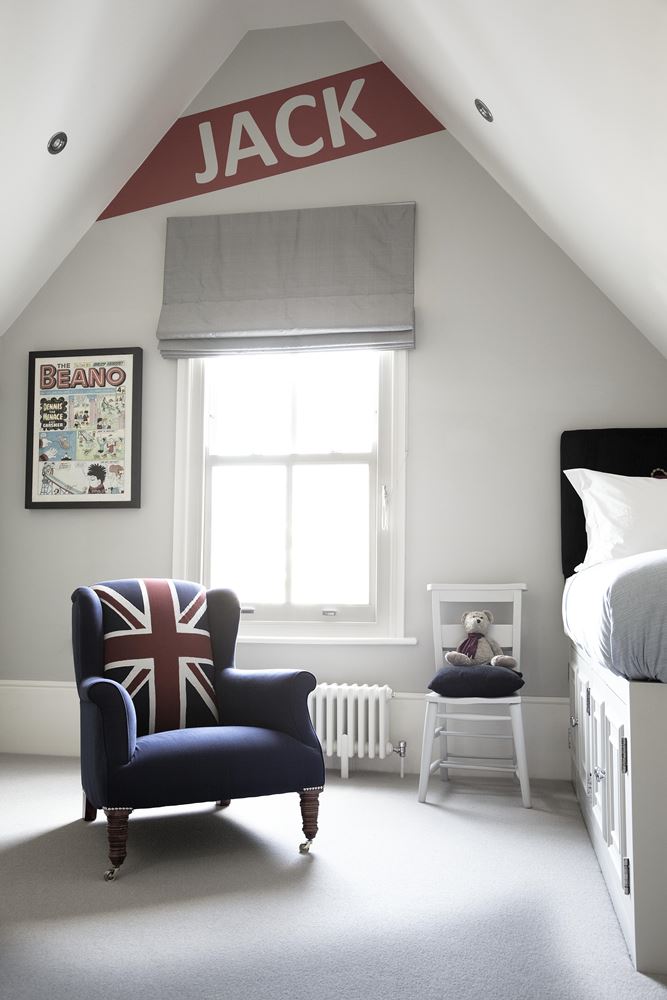How Two Major Interior Design Trends Could Not Be More Different

The shape of interior design over the past few years has been characterised by a more overt conflict between two diametrically opposed decoration philosophies.
After decades of being design orthodoxy, minimalist design and its many variations such as modern farmhouse had been significantly tested by a new normal where people spent far more time at home than their design aesthetic had been created for.
This split the design world in two, between minimalist designers who wanted to retain the bright, calm aesthetic but in a way that was more amenable, and those that rejected minimalism entirely in favour of maximalist styles such as cottagecore.
However, in the summer of 2023, this divide may have reached its logical extreme, with two popular design trends that could not be more difficult.
Quiet Expressionism
On the surface, the quiet expression trend appears to be another example of minimalism by another name, with a prominent focus on natural textures, light, soft, neutral shades and a maximising of light by any means possible.
However, the difference is that the focus is not necessarily on clarity and clean lines, but instead on the effect this embrace of light can have on a person’s wellbeing.
The intention is to create larger, calm spaces, but unlike other minimalist styles that rely heavily on uniformity and an extreme level of decluttering, quiet expressionism uses its lighter palette to create a tabula rasa for personal expression and individuality.
Exactly how well this will work for a person depends on what aspect of minimalism was discouraging and dispiriting. Whilst colour is not treated as the enemy and there is more room for luxury design pieces to be included as statements, the concept does discourage visual clutter and embraces simplicity.
If your problem with minimalism was sterility, quiet expressionism might be enough of a change to be worth embracing.
Barbiecore
By contrast, there is a growing trend known as Barbiecore, based on the aesthetics of the motion picture based on the long-running line of dolls. However, whilst it is often simply characterised by making everything brazenly hot pink, there is more going on beneath the surface.
Barbiecore, as may be expected from a designer trend based on a dollhouse, is unapologetically maximalist and based on the joy of design and the embrace of more.
This usually takes the form of vintage designs, the use of geometric shapes such as chevrons, bold colours and playful use of textures and patterns.
Naturally, pink is a dominating colour of Barbiecore, and whilst it is not as necessary nor exclusive as one might expect, it is a bolder embrace of more audacious shades than a lot of designers using pink are perhaps used to, with magenta, fuchsia and bubblegum pink common parts.
Pink is not the only colour of course, with bright natural greens, electric blues and yellow highlights also a common part of the Barbiecore colour palette.
There is a lot of scope to experiment with Barbiecore and whilst nothing is stopping you from attempting to recreate the infamous Pink Palace, the philosophy of Barbiecore is more about embracing individuality, nostalgia, maximalism and ultimately the fun and joy of creation.